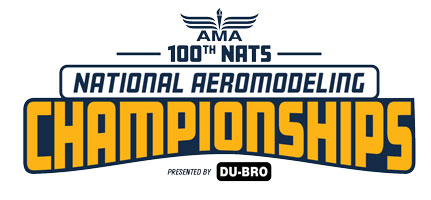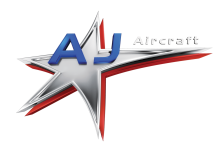The RC Scale Nats officially began on Thursday, July 6. While more than just a few pilots arrived on Wednesday to set up and get in some practice flying, the majority began arriving early Thursday morning. John Boyko, the event’s contest director, calls this “processing day.”
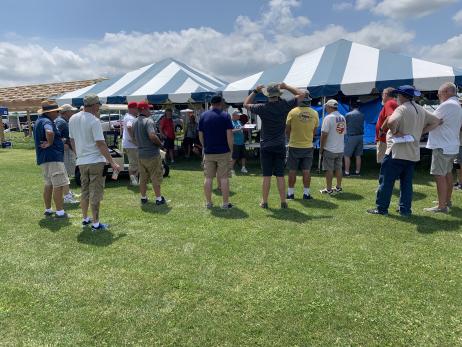
Despite all of the planning and preparation done leading up to the event, there are some things that just can’t be done ahead of time. These include setting up stations and paperwork for judging, registering, and scoring, just to name a few. Registration began after 12 p.m., and some static judging was done in the afternoon.
This year’s Nats includes tryouts for the FAI Team to compete in Romania in 2024. Graham Kennedy came in from England on Wednesday to lend some assistance in the process. Graham is no stranger to FAI competition, having served in several roles with teams in the past. A nicer person is not to be found, and we are fortunate to have his presence here!
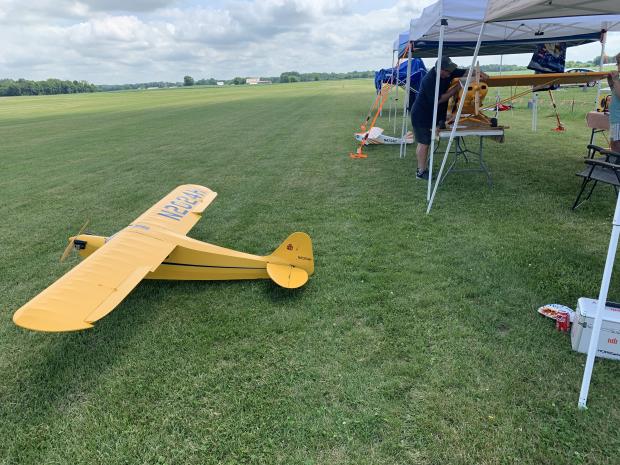
Pilots, family, and crew members are catching up with friends. First-time competitors are making new friends and learning to navigate the contest environment. Temperatures on Thursday were in the low 80s with reasonable humidity, and light winds meant plenty of practice flying. Some pilots practice with practice planes while others like to ensure their contest planes are ready.
There are AMA RC Scale classes for just about anyone looking for the challenge of competing. The static judged classes, except for AMA Open Scale, require both building and flying skills. Open Scale requires a model to be static judged, but the Builder of the Model rule does not apply. Completed models, ARFs, and built-up models may be purchased; however, documentation is required, and the model is static judged for outline, color and markings, and craftsmanship. Fun Scale classes, both novice and expert, are not static judged, and 100 of the 105 points are based solely on flight scores.
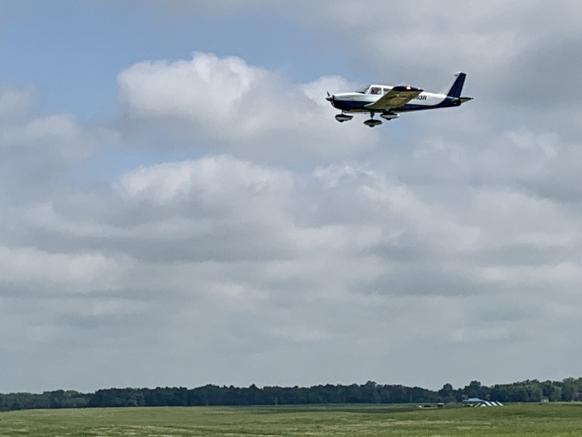
To say that a wide variety of aircraft is represented would be an understatement: World War I, World War II, civilian classics, civilian modern, and aerobatic are just a few you might see. They come in all sizes and are powered by electric, glow, gasoline, and jet turbines. The two extremes in size on the field today were a 1/5- scale Clipped Wing Cub and a 47% Fokker D.VII.
Enclosed cargo trailers have almost become the norm to transport planes and equipment. It’s easy to walk by a row of trailers and not give much thought to it, as they all look basically alike from the outside. A look inside (with the owner’s permission of course) will reveal a whole other level of creativity and craftsmanship. Many have designed unique ways to tie down models and store support equipment, and many are wired to provide charging, lighting, and even sound, computer, and television.
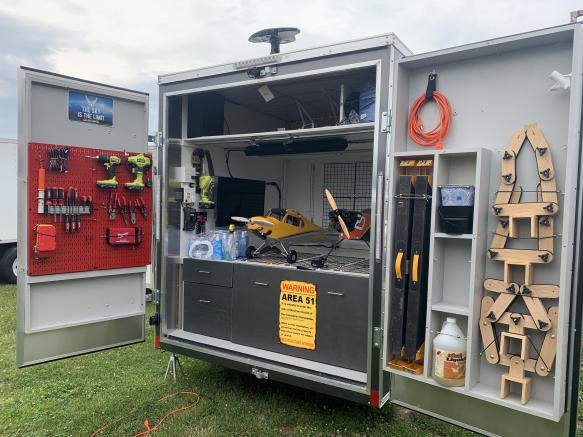
Ryan Smith, who is again serving as the scorekeeper, has a trailer that must be seen to fully comprehend. His 6 x 14 cargo trailer is essentially divided in half. The rear half has shelving and cabinetry for airplanes and equipment. Larger airplanes can be accommodated thanks to several fold-down panels. The front half is set up for camping and includes a kitchen area, microwave, refrigerator, and cabinetry. Sleeping is on a fold-down platform. Oh, did I mention it’s air conditioned?
Final preparations Thursday evening will ensure things are ready to kick off early Friday morning. The facility looks great and, with a final mowing in the evening, the flightline is ready for round one of flight judging on Friday.
